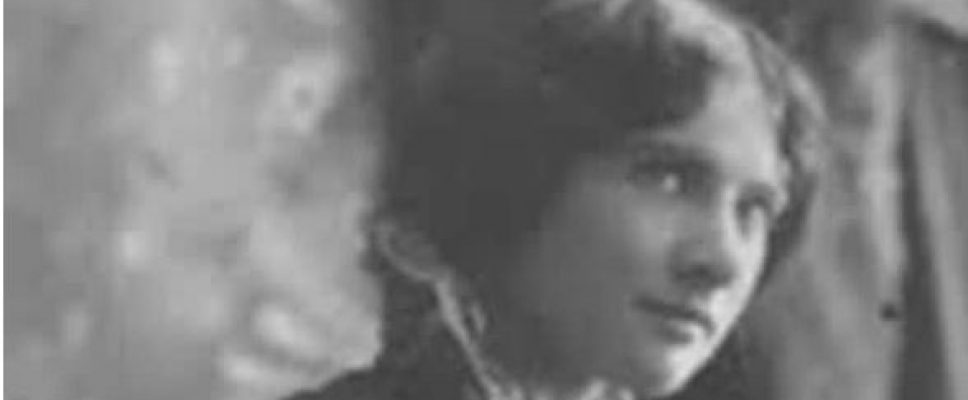Dying to Get Into the Movies (1914)
During the silent-movie days, in an era before union rules and lax government regulation, actors, directors and film studios risked life and limb to get exciting scenes onto celluloid.
It’s hard to describe the mindset in which cowboys would be willing to earn $10 a day to crash their horses (with the help of tripwires). Driving an automobile or flying a plane was already dangerous work, so maybe it didn’t seem that much more risky to deliberately crash a plane (as in “Wings” and “Hell’s Angels”).
Maybe it was because the whole industry was learning as it went what it could do and not do. Filmmakers didn’t see a problem with spreading oil on Santa Monica Boulevard to make the cars spin faster. Until they were finished and saw several cars driven by civilians skidding into a drug store. After that, they learned to use liquid soap and hose the streets off when they were done.*
Given this attitude, it was only a matter of time before tragedies struck. Ironically, probably the first early movie death on a set was not by a stuntman. In 1914, the Colorado Motion Picture Company was in Golden, filming the Tex-Mex romance “Across the Border.” They had finished filming, but the director wanted to reshoot a scene in which his star, Grace McHugh, a local girl in her first movie, rode her horse across a river, while cameraman Owen Carter filmed nearby.
For reasons unknown, the horse dumped McHugh into the river. Carter jumped in to rescue her. From the bank, the crew could see them on a sandbar, but by the time they reached them, they had been swept away by the current.
“Across the Border” was released three months later. The studio promoted the movie in its ads by reminding audiences that this was the movie in which its “daring heroine lost her life.” Through trial and error, Hollywood learned never let a tragedy go to waste.

